For children, art is a way of learning and not something to be learned.
Viktor Lowenfeld
Research shows that teaching kids to draw can have multiple benefits. How do we teach kids to draw? Does each kid go through different stages as they get older? Yes, they do! Each stage comes with its unique set of challenges, joys, limitations, and ways to help them improve.
How does a child learn to draw, and what can you expect from them? How can you assist them in learning to draw?
- The Stages of Drawing
- Scribbling Stage (18 mo.–4 yrs.)
- Pre-schematic Stage (3.5–7 yrs.)
- Schematic Stage (5–9 yrs.)
- Pre-realism (Gang) Stage (8–12 yrs.)
- Pseudo-Naturalistic (Realism) Stage (11–14 yrs.)
- Decision-making Stage (14–17 yrs.)
The Stages of Drawing
Here are some characteristics of the different phases for artistic development. Remember that they’re not set in stone, because each child develops at their own pace.

Each child progresses through the same developmental phases, but each one moves through them at their own rate. Also, children may move back and forth between different stages as they progress into the next phase.
These stages of drawing development were defined by Dr. Viktor Lowenfield in his 1949 work, “Creative and Mental Growth.”
Scribbling Stage (18 mo.–4 yrs.)
The child loves the process but not too concerned about the results yet.
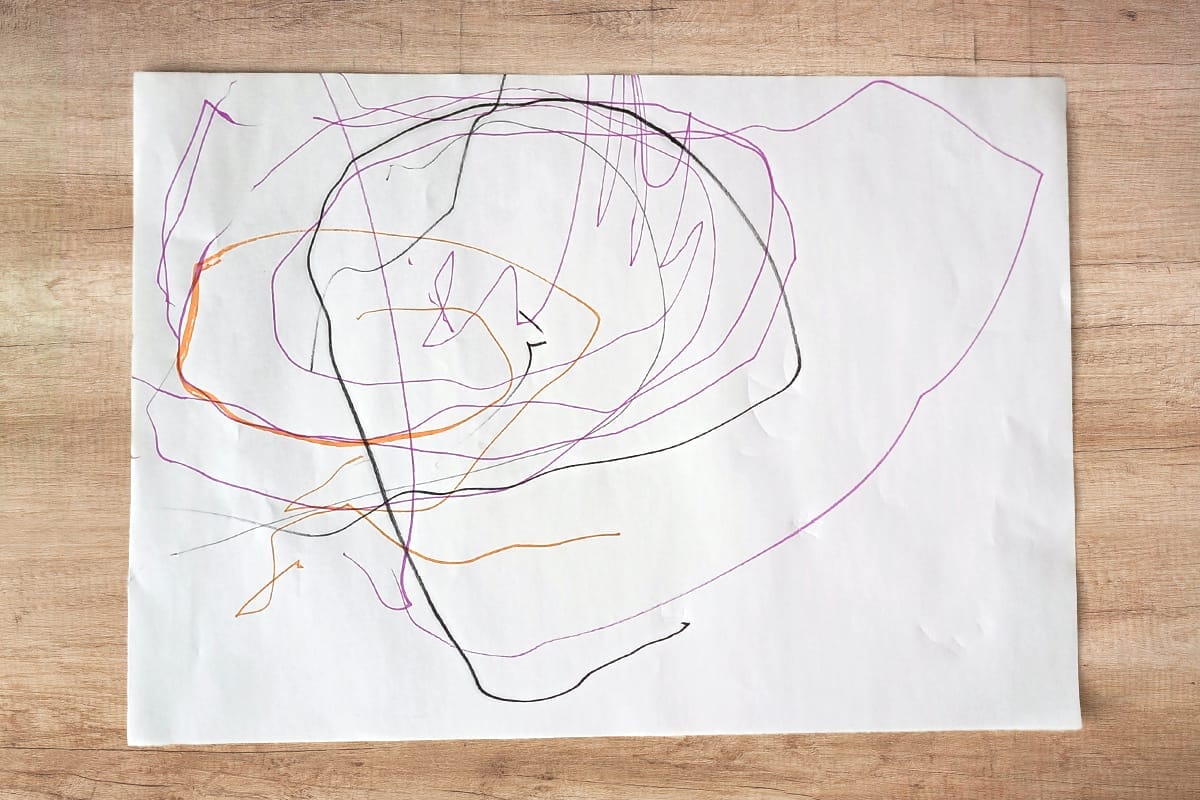
As soon as children learn to grab a pen, their attention turns to making marks wherever they can. In these earlier stages they’re focused intensely for a brief period of time, but then move fast on to another activity.
This scribble stage is a critical part of early childhood because it helps children develop their hand-eye coordination and fine motor skills.
Characteristics
- Random scribbling.
- Purposeful scribbling.
- Naming scribbles.
How to encourage children at home or in the classroom
- Allow children to experiment.
- Scribbling with an adult nearby is rewarding. Place yourself near working children.
- When the child begins to name their scribbles, listen without correcting or judging. Don’t just ask “what is it?” Instead, ask them “can you tell me more about this?”. This allows them to share all the things they enjoy about their work.
- Make sure that the supplies you use are easy to control, like thick tempera paint, unwrapped crayons, washable markers and chalk.
- Don’t ask kids to copy shapes or draw particular things. Copying is frustrating and confusing for children.
Suitable creative activities
Pre-schematic Stage (3.5–7 yrs.)
The child loves the process and is proud of the result.
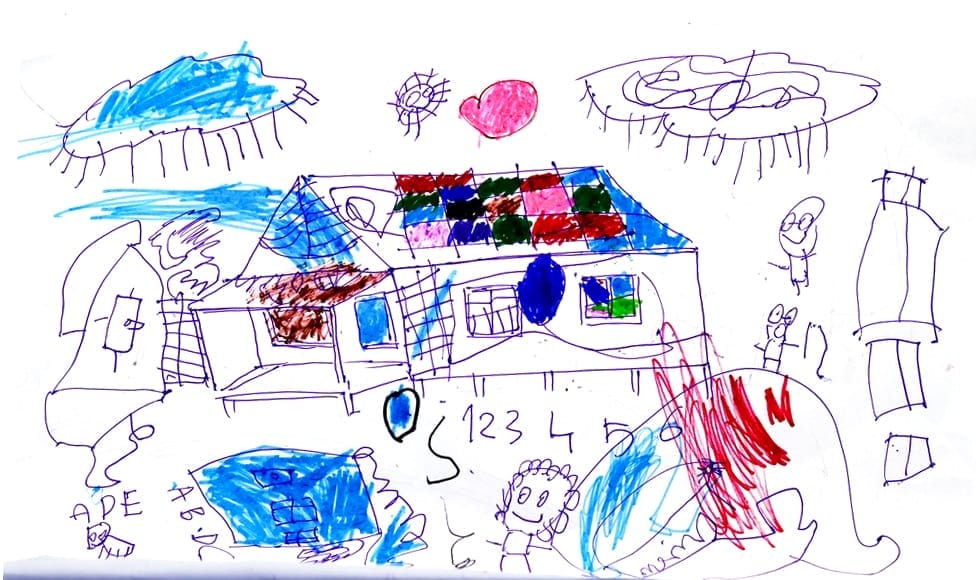
Patterns begin to emerge in children’s drawings. A child draws a pattern and then label it as a representation of things.
Children start to draw a human figure by merging the circle with lines. Initially, these figures resemble “tadpoles” or “head feet” symbols. It is not uncommon for children’s first depictions of the figure to be highly unrealistic or to lack body parts.
The art of drawing or painting helps children develop their own sense of identity by allowing them to explore different self-images before they arrive at a satisfactory one. Art plays an important part in defining who we are at this stage.
Characteristics
- Attempt at representation: recognizable forms.
- Tadpole man.
- Floating objects.
- Drawings tell stories.
- Non-realistic colors.
How to encourage children at home or in the classroom
- Children enjoy discussing their drawings. When they’re finished, ask, “Can you tell me about it?” and listen.
- Develop looking skills by pointing things out: fall colors, interesting rocks, details on clothing, etc.
- Don’t force or encourage children to draw beyond their current stage.
Suitable creative activities
Schematic Stage (5–9 yrs.)
Children have their own style, which is recognizable by adults.
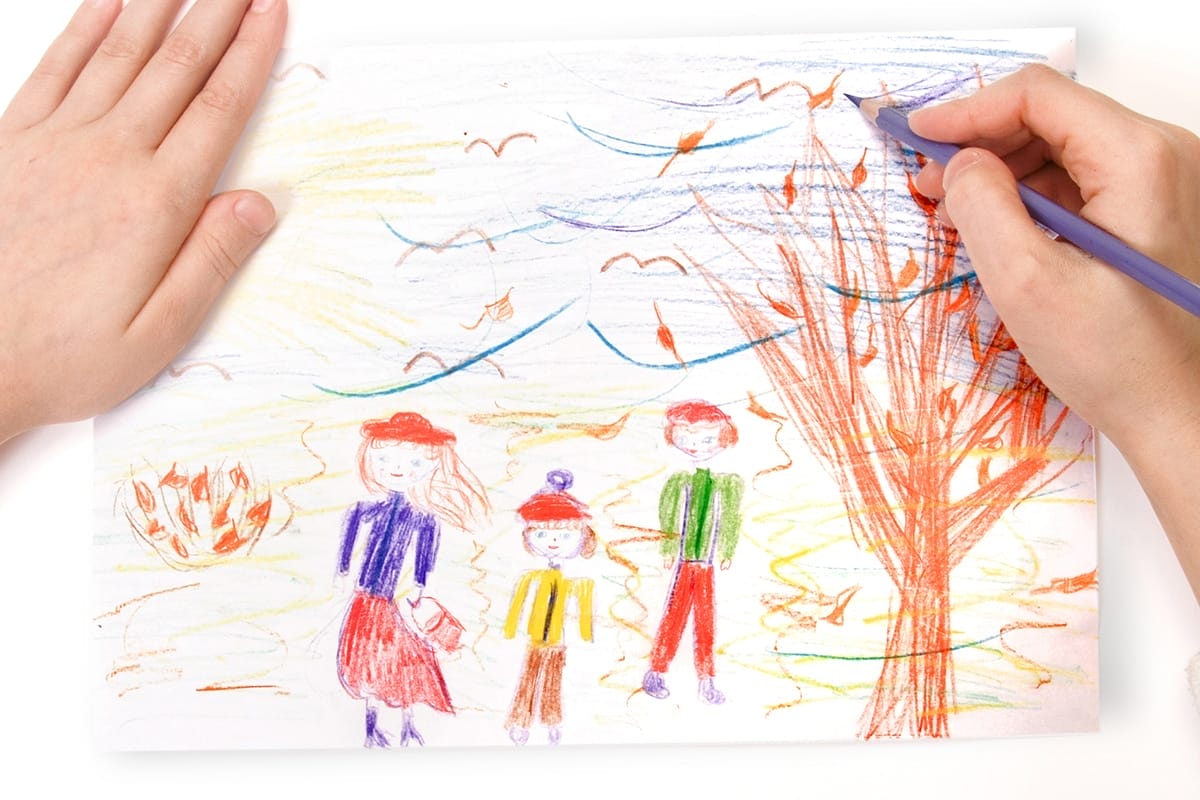
By this point, children have clearly established a shape for each object they’re trying to communicate. They often have a drawing schema. The drawing is being developed in a specific order.
The sky and the ground are clearly separated in these drawings. The ground is represented with green color at the bottom of the page while the sky is a blue line at the top edge.
Things no longer float on the page but are placed resting on the ground. More important things are drawn larger than less important things.

Characteristics
- Use symbols for people and objects.
- Development of a baseline.
- Emphasize important features.
- Show multiple perspectives at the same time.
- X-ray drawings.
How to encourage children at home or in the classroom
- Children are rapidly developing perceptual abilities. Help them discover the details in their environment. Show them how to look closely and observe.
- Don’t be concerned about the baseline, skyline, or corner sun. They’re easy for kids to understand. They are not developmentally prepared to draw in a different manner.
- Refrain from correcting children’s drawings; this can stifle the development of their unique styles.
- Connect projects to their daily life.
Suitable creative activities
Pre-realism (Gang) Stage (8–12 yrs.)
The inner critic appears

Children are becoming more critical of their own work. It becomes clear for them that drawing objects in a structured order isn’t enough. Although a schema is still used to create drawings, it gets more complicated than in previous stages. Overlap is visible, and a sense of spatial relationships is more apparent.
Characteristics
- Loss of rigid symbols.
- Detailed drawings.
- Still somewhat symbolic.
- Sky down to the horizon.
- Attempt at depth.
- Can’t grasp shading.
- Care what peers think.
How to encourage children at home or in the classroom
- Kids at this age are frustrated because they can perceive things but cannot yet transfer them to drawing. Showing how to do something helps.
- Kids are fixated on realism. Rather than attempting to free them, provide them with opportunities to practice realistic drawing.
- Avoid forcing them to share their work in a group setting.
- Kids understand that art can be expressive. Encourage them to be creative in their work.
- Kids do not yet understand perspective. Don’t try to teach it yet!
Suitable creative activities
Pseudo-Naturalistic (Realism) Stage (11–14 yrs.)
The result becomes most important to the kid

Drawings are now displaying the use of value and light. At this age, kids are extremely critical of their own success. The drawing is only as good as the level of realism they are able to achieve and frustration is all too common. It is especially important to encourage them.
Characteristics
- Attempt at perspective.
- Human figure is more natural.
- Interest in cartooning.
- Awareness of depth.
- Critical of their own work.
How to encourage children at home or in the classroom
- Kids are still frustrated and hesitant to share their work.
- Encourage children’s individuality and allow them to express themselves through art. Drawing prompts about self identity and interests will be winners.
- Self-portraits can be stressful and difficult for teens as they’re growing into adults.
- You can start teaching perspective now, though not all kids will be ready.
- Kids will be eager to investigate new and challenging materials.
Suitable creative activities
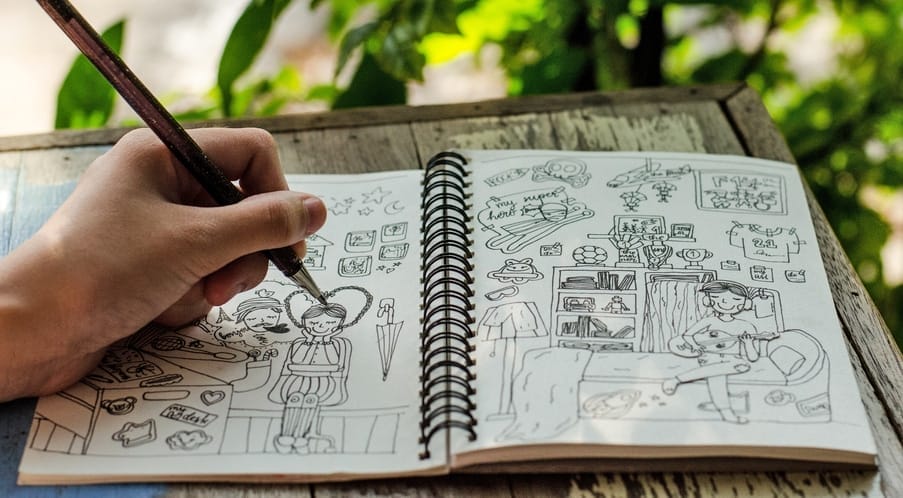
⚠️ Crisis Period: This occurs for the majority of people during early adolescence. Most will decide that it is not worthwhile to pursue art, and their style will plateau at the Pre-realism or Pseudo-Naturalistic stages. Without encouragement or instruction most kids will stop drawing for pleasure.
Decision-making Stage (14–17 yrs.)
The drawings show their unique voice
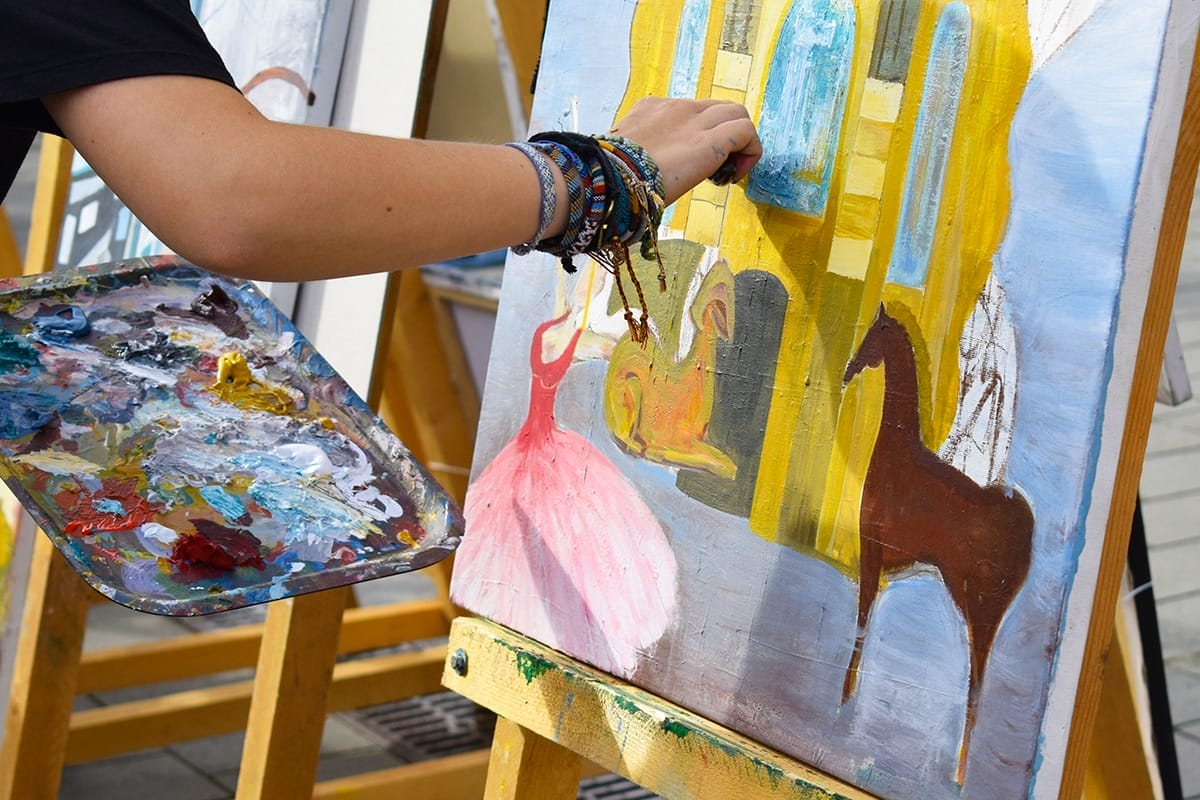
At this point, teens will decide whether to continue drawing or dismiss it as a pointless activity. Because of high self-criticism inherent at this age, many teenagers (almost young adults) regard drawing as a talent that they lack.
Others, on the other hand, choose to continue fine – tuning their drawing skills and growing as artists. It is critical to encourage them to continue drawing regardless of their skill level as, with practice, any level can be attained. This drawing stage is perhaps the most important in an artist’s development.
Characteristics
- Choose to master skills and media.
- Can use perspective correctly.
- Make purposeful choices to add emphasis, feeling, and their own interpretation to the artwork.
How to encourage children at home or in the classroom
- Remember that the majority of kids will not become working artists. Demonstrate how they can use art in their daily lives.
- If you are able, explain art history, criticism, and analysis in order to provide a well-rounded experience.
- Allow kids’ voices to shine through in their work. Let them choose projects, media, and timelines whenever possible.
- Keep in mind that kinesthetic learners will draw in a different way than visual learners.
Suitable creative activities
Before you go
Drawing in childhood is a fascinating topic. If you’ve been curious about the drawing stages of children I am sure you know the benefits of drawing in their development and how it helps to improve their creativity. If you want to encourage your kids to draw don’t miss this useful information:
- Tips for Helping Kids Become Creative in Drawing
- How to Encourage Your Child to Draw: 7 Home-Tested Methods
To learn more

To explore more on this topic, I recommend:
Creative and Mental Growth
By Viktor Lowenfeld
Creative and intellectual growth are the basis of any educational system, and it is the hope that this book can contribute to an understanding of the importance of this area so as to make the education of children a joyful and meaningful experience.

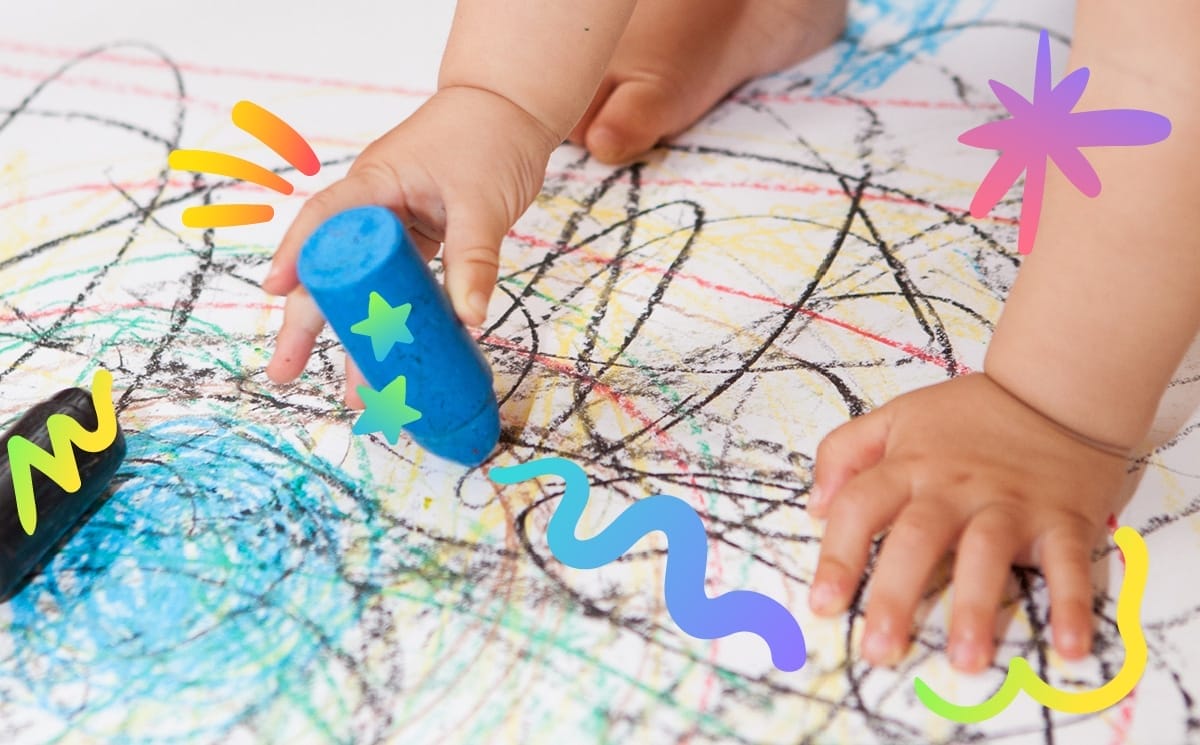
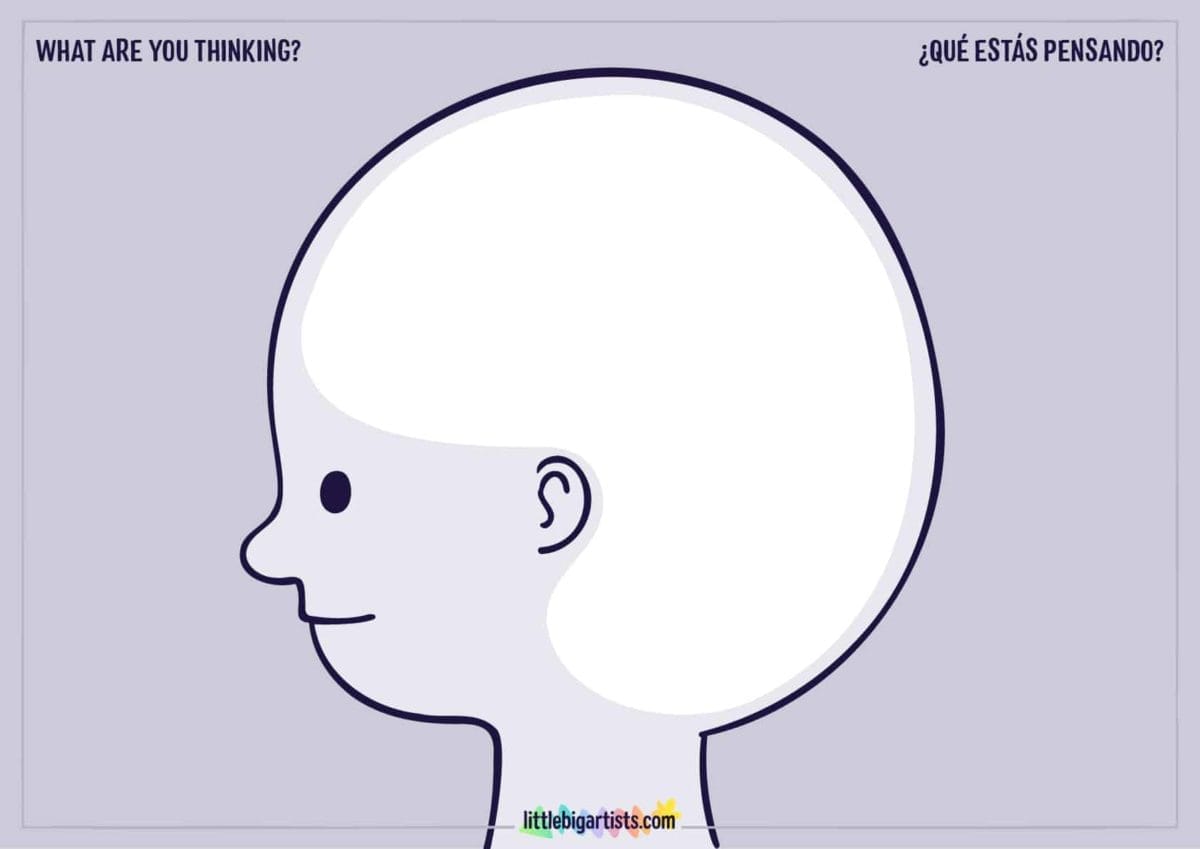
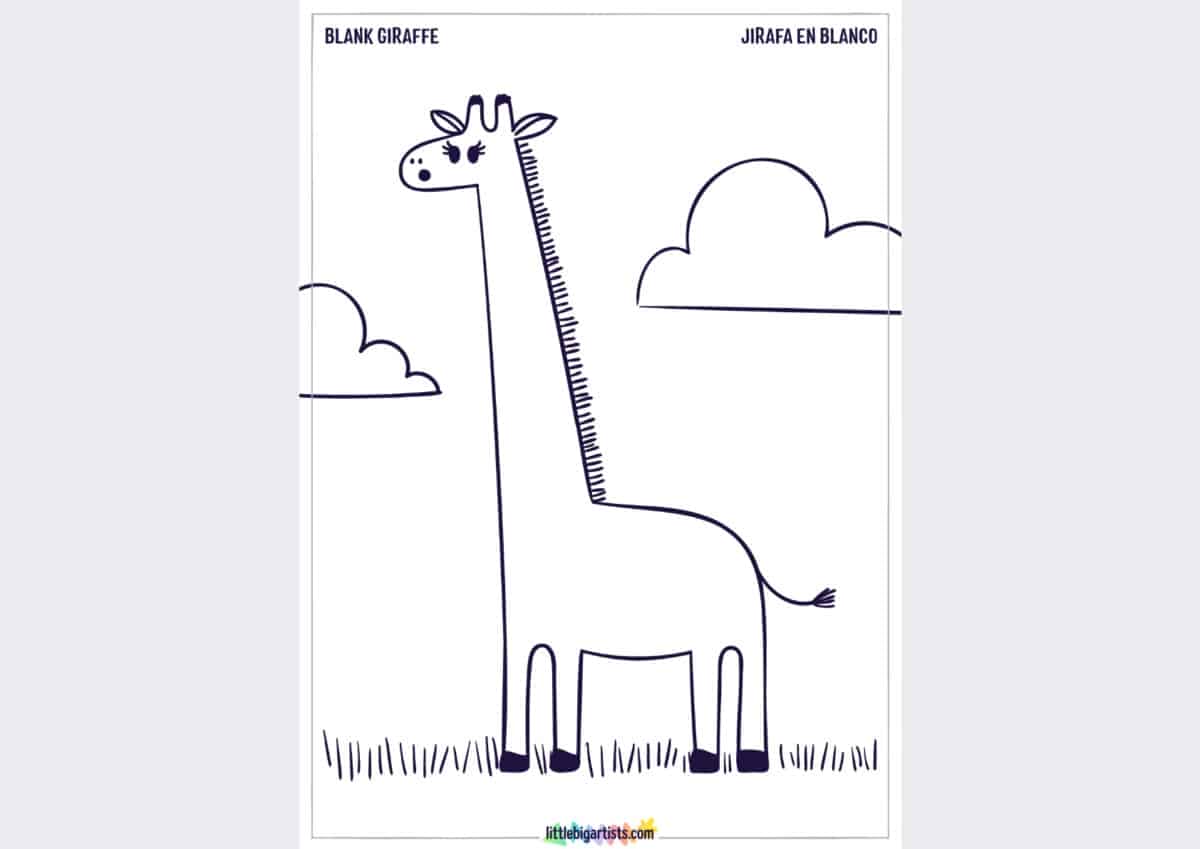
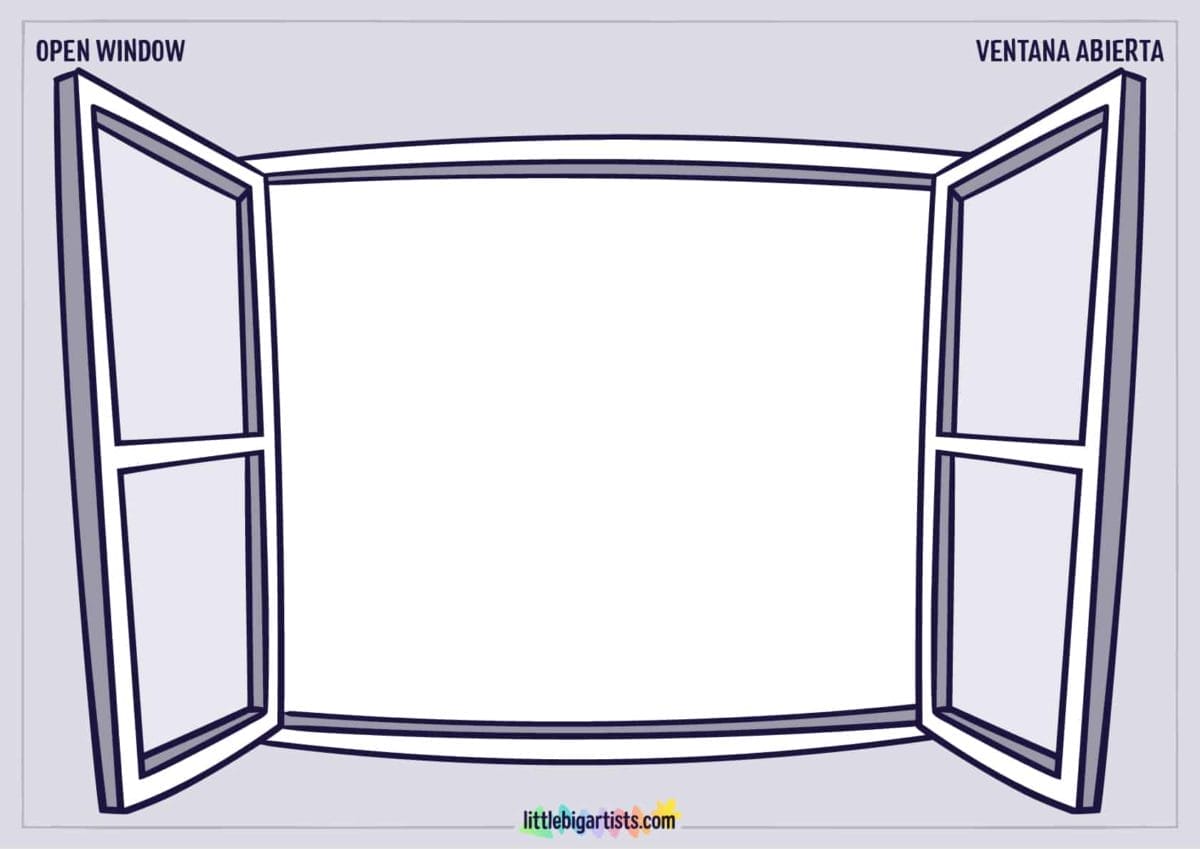

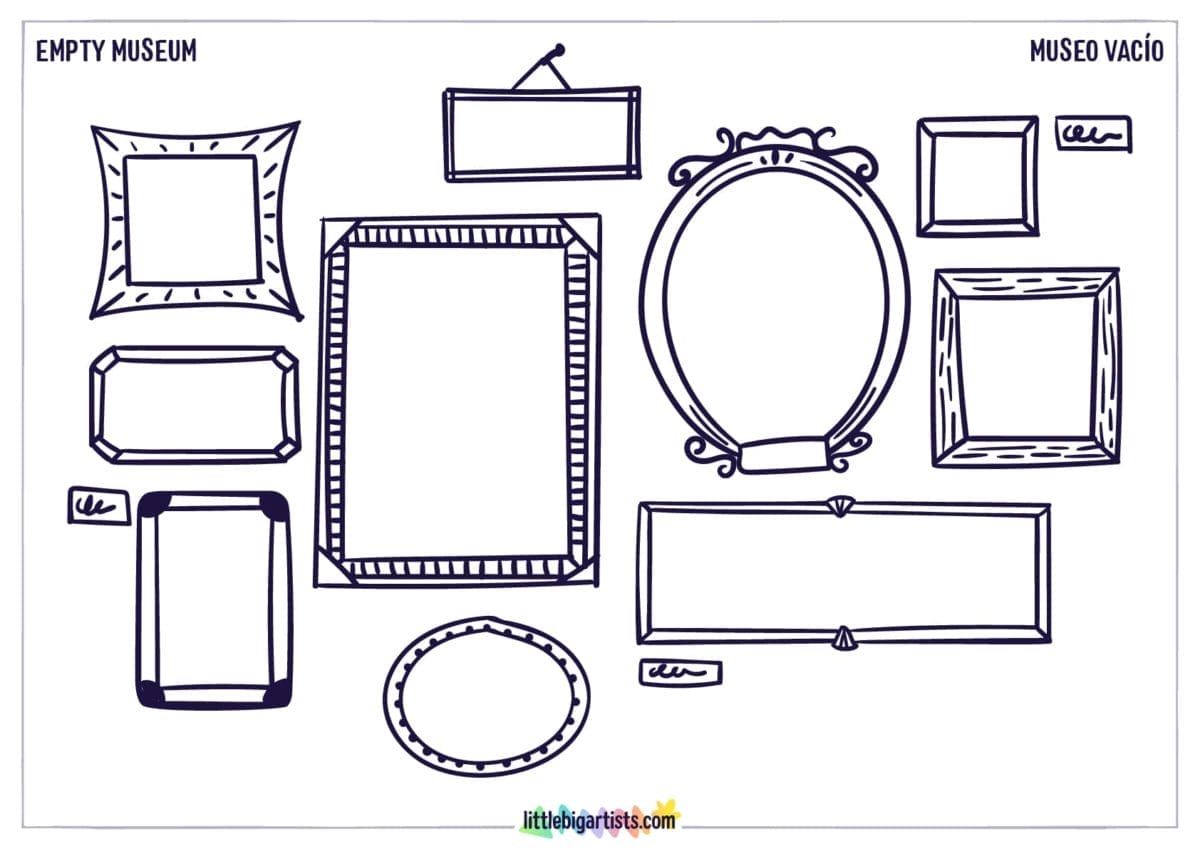
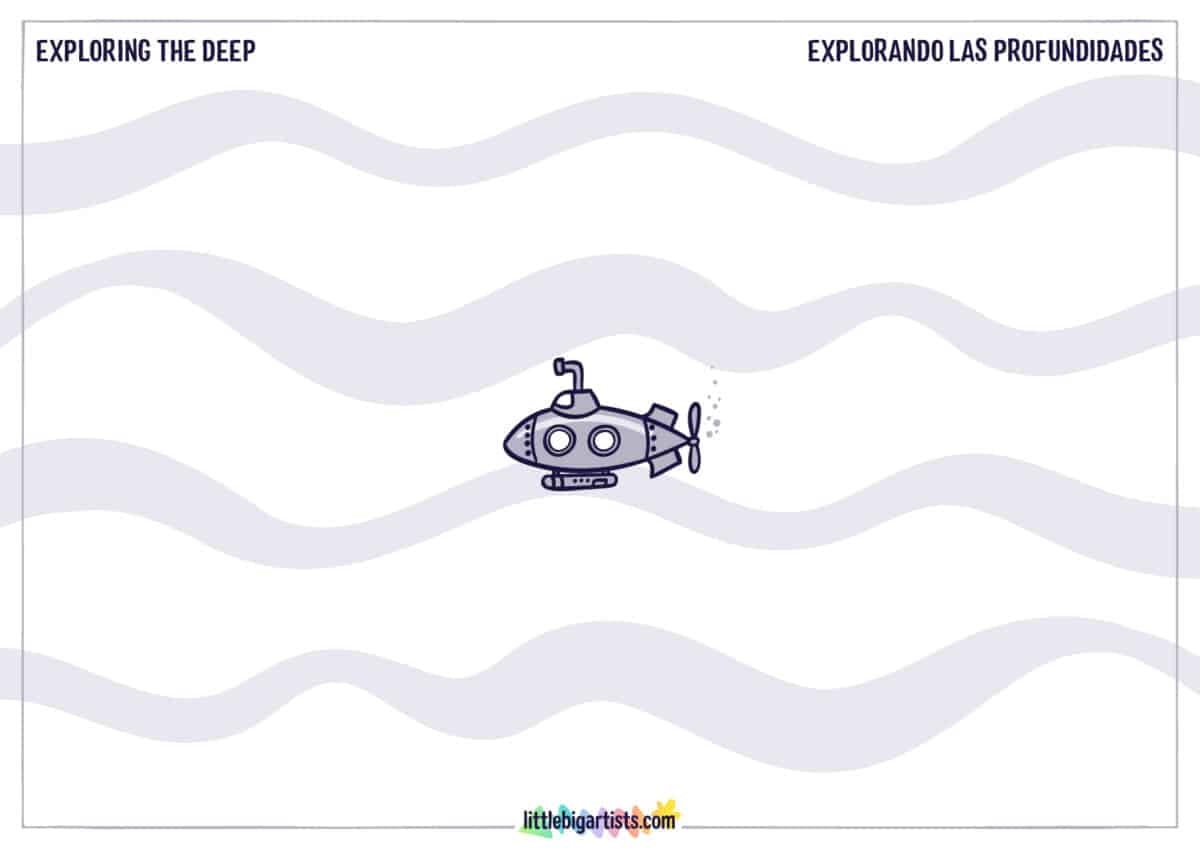


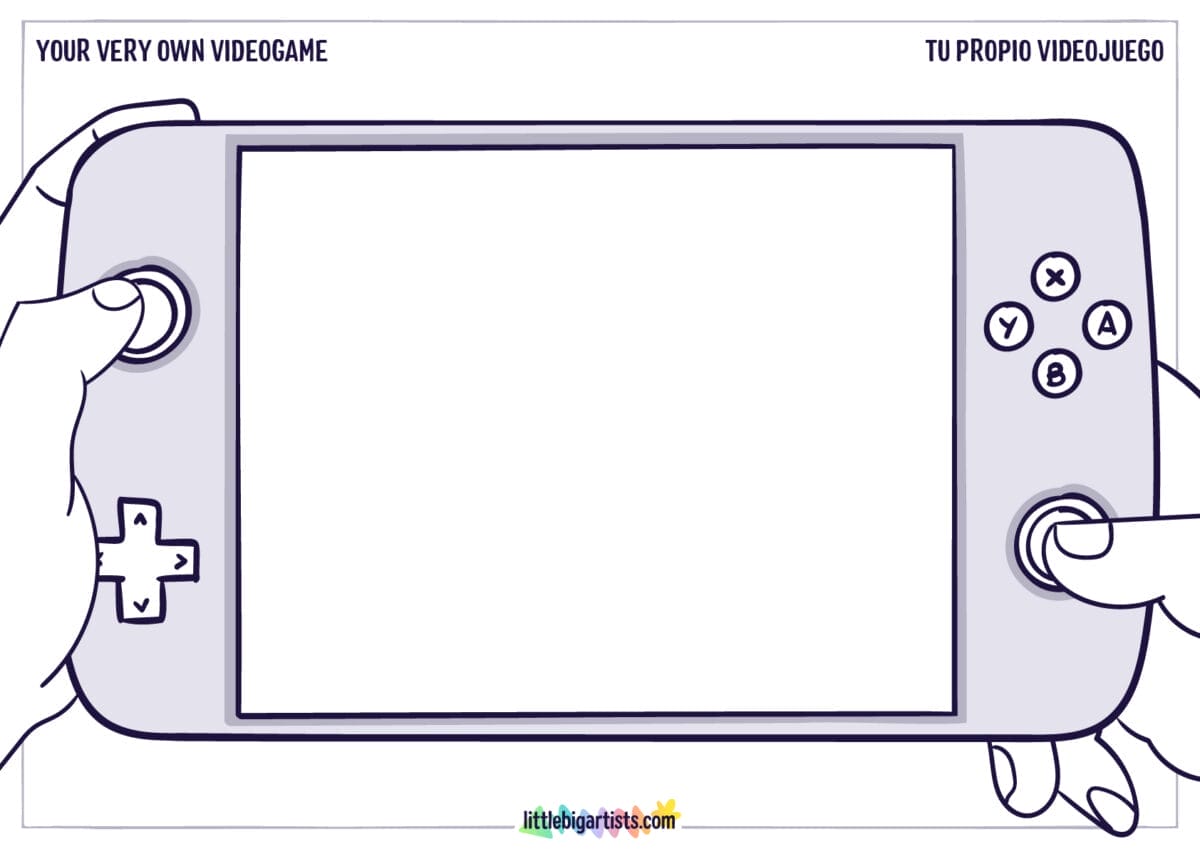





Great tool for teachers.
Thank you!
Thank you. This is so helpful. My 7.5yo has significant challenges at school but his love of art is a shining star.
What a wonderful resource you are providing. There’s a lot of love and passion showing up here. May God bless you as you pursue a precious path.